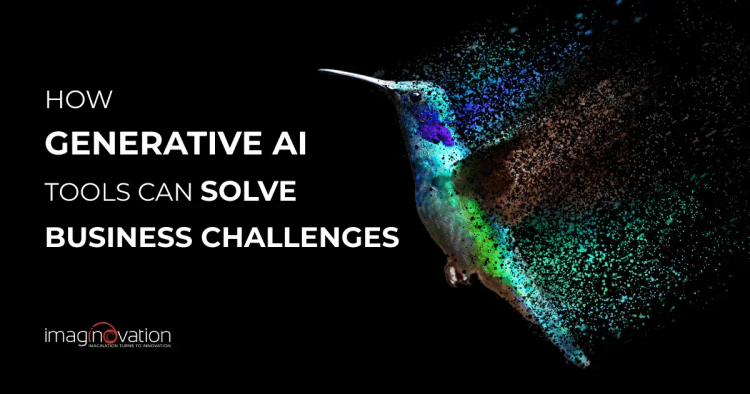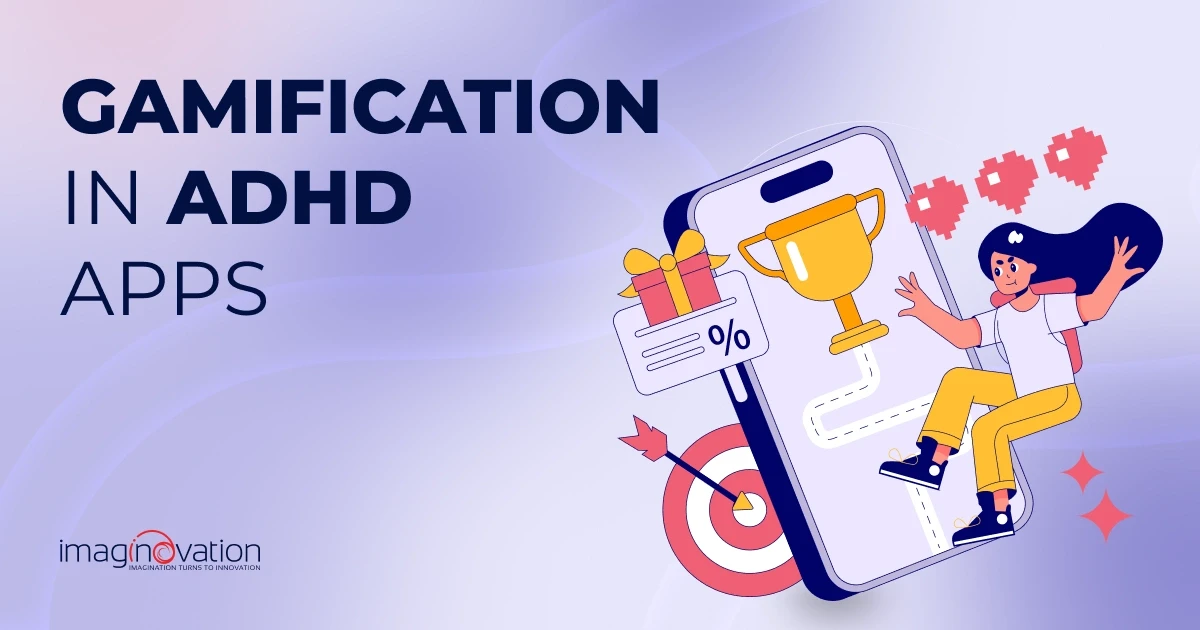In an era where data is the new gold, businesses face countless challenges. Sometimes, the pathway to solutions seems convoluted.
But what if we told you there's an unexpected ally? Welcome to the world of Generative AI tools. These powerful systems, with their ability to create and innovate, are making waves across business landscapes.
This blog post will explore how these tools are reshaping strategies and solving top business challenges. From the big picture to the finer details, we've got you covered.
If you’re ready to unlock new possibilities and propel your business into the future, you're in the right place. Strap in and get ready to dive into the AI revolution – your next big business breakthrough might be just a few paragraphs away!
The Rise of Generative AI Tools
Generative AI and other foundational models are revolutionizing the AI landscape. Generative AI is a category of artificial intelligence that creates new content based on existing data. This content ranges from images and code to music, text, videos, simulations, 3D objects, and even entire virtual environments. Notable examples include ChatGPT and DALLE-2.
In this context, there are two types of Generative AI models: unimodal and multimodal. Unimodal models generate output based on a single type of input, while multimodal models use multiple types of input to produce a diverse range of outputs.
Evolution
Let's course back in time—it was around the 1960s that Generative AI first found its origins in chatbots. ELIZA, a chatbot, was developed at MIT which could simulate talking to a therapist. However, it was around 2014 that generative adversarial networks (GANs) got introduced. GANs are a type of ML algorithm that can create authentic images, videos, and audio of real people.
Here's a quick peek at the history of Generative AI models.
- Natural Language Processing (NLP): Methods such as N-gram language modeling helped to generate sentences. Concurrent developments include recurrent neural networks (RNNs), Long Short-Term Memory (LSTM), and Gated Recurrent Unit (GRU).
- Transformers: Generative models later intersected with transformer architecture and were applied to image-based tasks.
- Show-Tell (A vision language multimodal model): A deep learning-based generative model that can generate human-like descriptions of an image.
- Generative Adversarial Network (GAN): GANs can generate images that look like photographs of human faces
- StackGAN: A neural network that can create realistic images based on text descriptions.
- StyleNet: A framework that looks at generating catchy captions for both videos and images.
- ChatGPT: A large language model (LLM) that's developed by OpenAI that utilizes deep learning to generate natural language responses to user queries.
- BLIP2: is an efficient pre-training strategy dealing with end-to-end training for large-scale vision-and-language models.
- GPT-4: Can generate responses that assist in creative and technical writing tasks.
Also Read: Leveraging GPT-4 and The OpenAI API: A Guide for Businesses
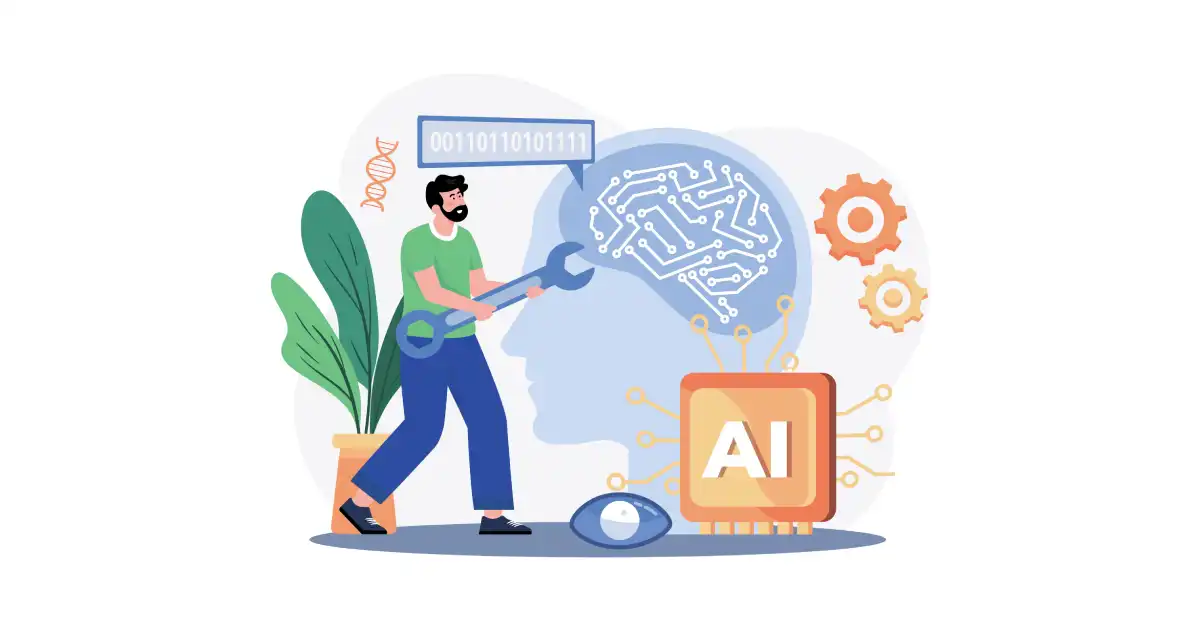
Potential to Revolutionize Industries
Generative AI has opened promising opportunities in various industry landscapes. With rapid strides in deep learning, large language models (LLMs) and models with billions of parameters have opened a new era where generative AI models can write engaging text and even great photorealistic images on the fly.
What's more: with innovations in multimodal AI, it is simpler to curate content for various types of media, which includes graphics, video, and text. The models have plenty of applications across business functions, and here's a peek:
- IT/Engineering: Writing code and documentation to accelerate and scale developments.
- Marketing and Sales: Crafting marketing and sales copy, creating user guides, analyzing customer feedback by extracting significant themes, and more.
- Operations: Creating or improving customer support chatbots; identifying production errors, anomalies, and defects; streamlining customer service, etc.
- R&D: Improving the drug discovery process through a comprehensive understanding of diseases and the discovery of chemical structures.
- HR: Assisting in creating interview questions for candidate assessment, providing self-serve HR functions, etc.
Leveraging Generative AI Tools to Overcome Business Challenges
Generative AI has the power to dramatically revolutionize content generation, research, analysis, repurposing, and more. Today, it has use cases in diverse industries, from drug discovery to material science.
Every business owner wishes for seamless business operations. It's a fantastic opportunity to look at business challenges and find innovative ways of how Generative AI can address them. Here are some vital business challenges.
1. Streamlining production bottlenecks
Production bottlenecks can significantly slow down production, translating into unhappy customers and costs to businesses. With generative AI, many processes can be automated, which can improve efficiency and help people make better decisions. Moreover, it helps accelerate development cycles and assists companies in increasing their output.
One good example is the global network security company, SentinelOne. The company faced a growing problem with consistency and quality in its technical documentation and training content. The team adopted an automated solution, which saved 100 hours per month, reduced QA time, and created consistent documents.
Let's look at some other challenges the manufacturing industry faces where Generative AI can help.
- Legacy systems: Production and manufacturing facilities typically employ tools, equipment, and production systems that are powered by old software that spells compatibility with the rest of the system.
- Dependable decision-making: Decisions need to be taken promptly and almost immediately. In such cases, analytics and real-time prediction tools are critical for producers to act swiftly and curb undesirable results.
2. Solving efficiency challenges
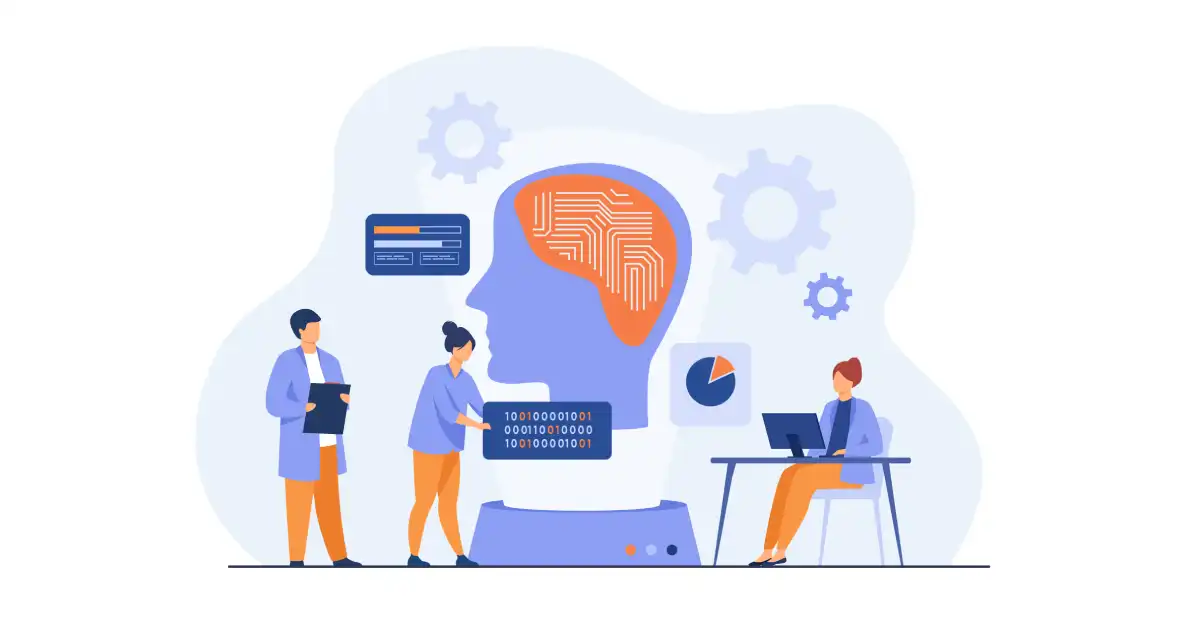
Efficiency challenges percolate down to every business function in an organization. Picture product teams: the team members will require product descriptions and other facets such as technical documentation and disclaimers. When it comes to the legal and compliance segment, they need regulatory reporting. Further, IT requires application coding.
Enter Generative AI—the tools can offer promising solutions and use cases that span the industry landscape. Thus, the gen AI-powered solutions can efficiently design websites, emails, ads, social campaigns, and content marketing assets, to name a few.
3. Offloading tedious and mundane tasks
Time spent on mundane and repetitive tasks, if taken care of, can help to free resources for other initiatives. Generative AI can help massively in this facet, where skilled people can find more time to work on initiatives that create real value.
A good example is Ivanti, the security automation platform where the team faced the unique challenge of cross-selling to their existing customer base. The content marketing team had only four people with the daunting task of copywriting, curating to the specific language needs. Generative AI helped with producing content. Plus, it freed up the team's time and energy so they could be more creative and focus on higher-value work.
4. Solving effectiveness challenges
Effectiveness aims for tasks that resonate with quality. Picture this: in marketing, if you curate an advertisement or email marketing message, but it does not address the customer's needs, or the content is too generic, it can act as a deterrent for your brand. What's more: it can also lead to brand fatigue, where customers tune out and don't wish to see a brand's message anymore.
In such a context, gen AI-powered tools can build brand loyalty. It can generate new ideas having the potential to create more favorable business outcomes.
5. Maintaining consistency and compliance
Inconsistencies and noncompliance can lead to significant hassles. If businesses could quickly identify discrepancies and errors and get actionable recommendations and insights in time, they could work better with maintaining consistency and satisfying complaints.
In this context, generative AI can help businesses with meeting sustainability standards. Here's a good example: Adore Me faced a challenge in maintaining compliance and consistency in content production. They found a generative AI solution where the team could easily create professional-grade content. The AI-powered style guide enabled the team to cross-check content against their brand voice and sustainability language. Thus, Adore Me found a solution where their resources could use the freed-up time on more high-impact projects.
Generative AI Use Cases in Different Industries
Generative AI has the potential to transform the industry landscape. Here are some popular examples of its adoption and usage.
1. Customer Service
Generative AI-based customer service has been taking the world by storm. The tools can replicate human-like responses and boost the customer experience. How? Customers get quick replies to their inquiries, receive personalized recommendations, and more.
A good example is G2's recently released chatbot assistant, Monty, which was built on OpenAI. It helped improve the response quality, handling recurring customer queries simultaneously and focusing on more strategic issues.
Ultimately, Gen AI-powered automation or CX strategy can help deliver in myriad ways with:
- Offering sample conversation flows
- Accelerating analytical and creative tasks around training data
- Converting factual responses to customer queries in a specific tone
- Crafting natural conversations, supporting your bot to send replies
2. Legal Industry
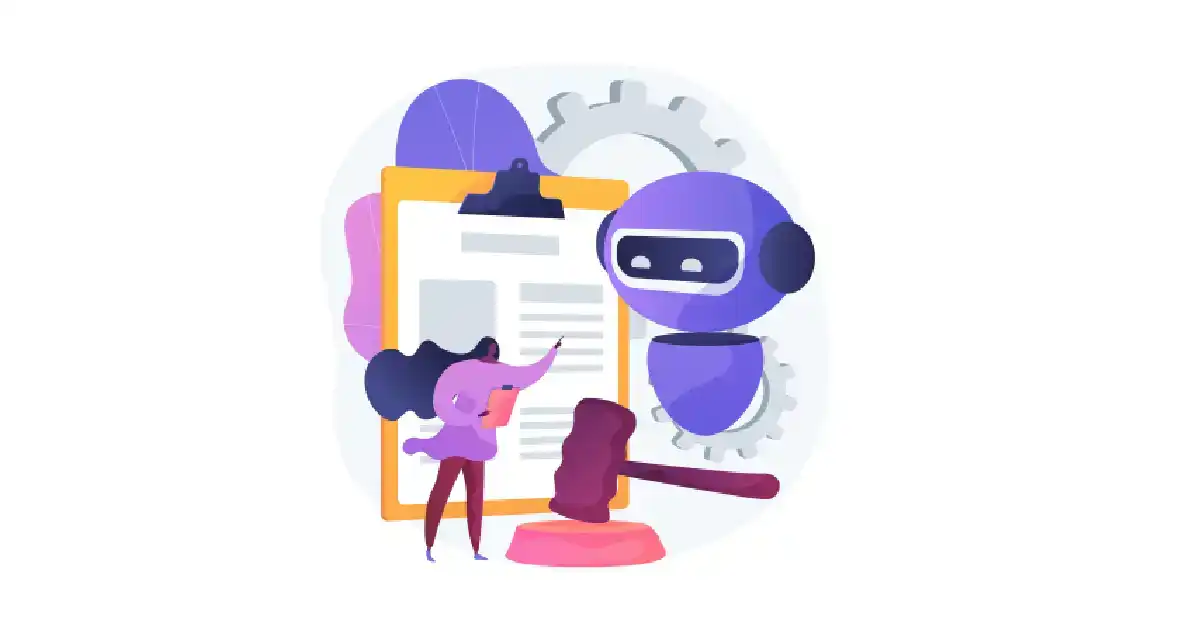
Yet another area where generative AI is rapidly evolving is legal services. The legal field has always been burdened by the reliance on manual labor, making processes slow and costs high. Here's a peek at how generative AI is leveraging legal tech.
- Automated fact-checking, where AI-powered tools can swiftly review existing legal documents for correctness, missing information, or any conflicts with regulations and laws.
- Automated legal research, where data is analyzed from massive legal databases to get relevant information related to specific clients.
- Risk identification and management get more manageable with the analysis of available data sources.
- Due diligence gets easier with automated checks on all available data sources related to the target company for any red flags that may upend.
- Generative AI can automatically craft briefs and generate pleadings and other documents that are related to litigation, which could save time and money, especially for firms that handle high-volume cases.
3. Human Resources
Human resource is a sensitive and complex area of business. Here's the thing: given the nature of business, generative AI can reinvent HR processes. Let’s take a peek at some areas where generative AI is assisting HR in a big way.
- Generative AI can facilitate curating content for job descriptions. Plus, the tools can help to craft competency guides, onboarding and transition tools, and learning outlines.
- Creating effective training materials to help employees improve their skills. An excellent example of a learning platform that’s AI-powered is Pathgather.
- To further streamline HR processes, one can consider using generative AI to generate personalized career development plans, recognition programs, and feedback.
- Yet another critical area is helping employees constantly evolve their abilities, and tools such as TalentGuard’s WorkforceGPT, which uses ChatGPT’s API to keep organizations aware of the latest and most significant skills, are a huge boon.
4. Sale
Generative AI is revolutionizing yet another industry, and that's sales. The tools are disrupting how B2B and B2C players do business, boosting productivity, growth, and customer experience.
The good news—the sales function is a perfect fit for the generative AI models. However, it will help embed AI non-intrusively into sales processes and operations to realize its true potential. The approach allows the sales team to integrate the capabilities into their workflow.
Here's a quick peek at some actual implementations.
- CRM systems that typically have unstructured data can be tapped by employing natural language processing (NLP), ML algorithms, and generative AI. The blend can help uncover customer needs, trends, and sentiments, which helps to improve customer satisfaction.
A good example is Salesforce, the popular CRM market leader introducing Einstein GPT, the first-ever generative AI CRM solution. The solution offered AI-generated content throughout every interaction in service, sales, marketing, and more.
- Yet another area where Gen AI helps is processing customer data and placing them in distinct segments based on their behaviors, preferences, and needs.
- Generative AI can help identify potential leads based on customer data. The lead analysis can also be found in online behavior, social media activity, and more.
5. Healthcare

Generative AI is immensely transformative in healthcare. Today, it offers physicians and other healthcare providers the tools to analyze medical data to diagnose patients and offer them personalized treatment plans more accurately. Here are myriad ways in which healthcare is benefitting from generative AI-powered solutions.
- Generative AI algorithms are designed to analyze huge medical datasets to uncover patterns and enhance care and wellness.
- AI-powered solutions blended with predictive analysis can help detect and diagnose various diseases and improve patient outcomes.
- Generative AI algorithms can analyze data from clinical trials, which helps to identify new drugs and predict the compounds. The process can speed up the development of new drugs and treatments, reaching the market faster and reducing costs.
- Yet another area where Generative AI assists medical professionals is making accurate diagnoses. A good example is Health which has created a generative AI tool that's capable of generating diagnoses and clinical plans based on the input of symptoms.
Wrapping Up
Generative AI tools are transforming industries and business functions, offering compelling use cases that can drive innovation and efficiency.
The spotlight on Generative AI is brighter than ever, reflecting its meteoric rise and potential. It's time to identify your business challenges and address them with tailored, cutting-edge solutions!
Embrace Generative AI Solutions With Imaginovation
Ready to harness the power of Generative AI for your business? If you're interested in designing and developing futuristic AI tools, we're here to help.
As an award-winning web and mobile app development company in Raleigh, we bring extensive experience to create bespoke solutions that fit your needs.
Ready to build an app, but not sure where to start?
We've got you covered. Click the button below to get started.

